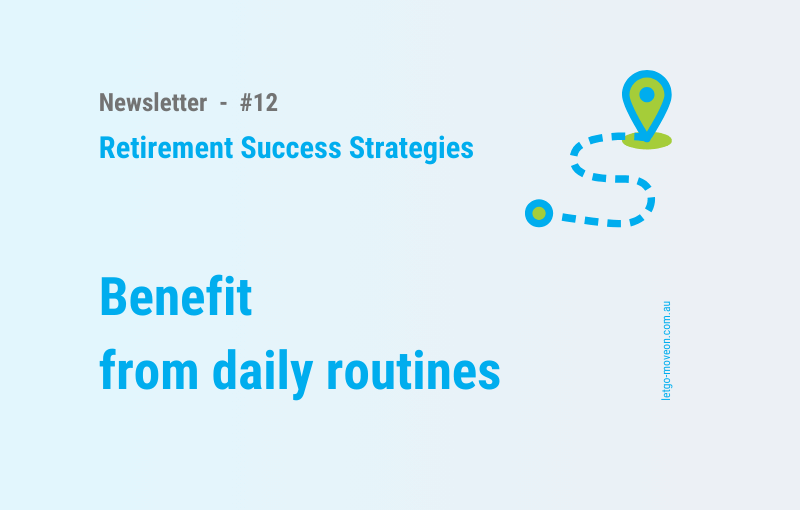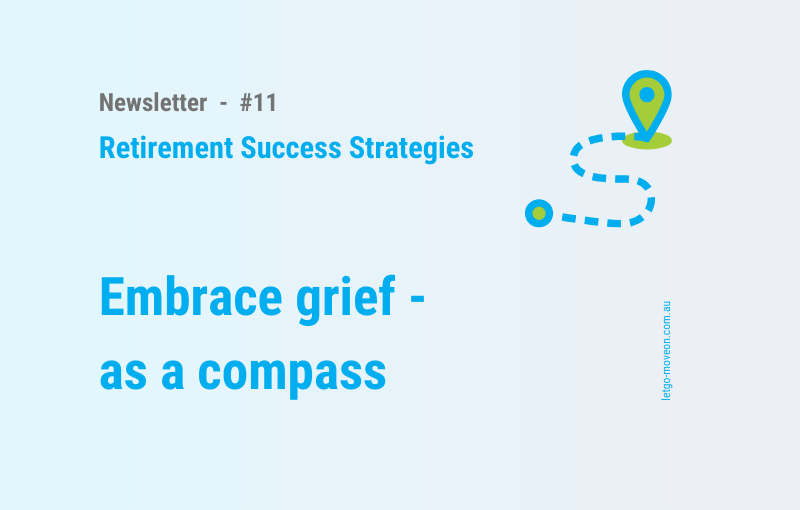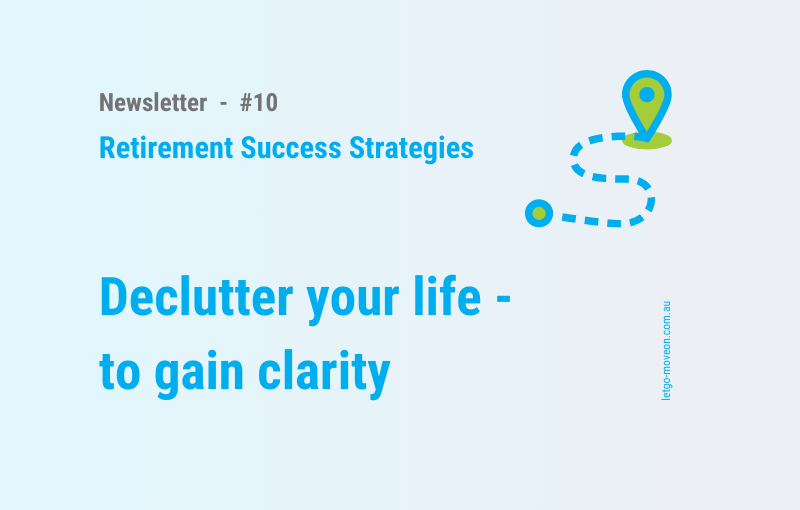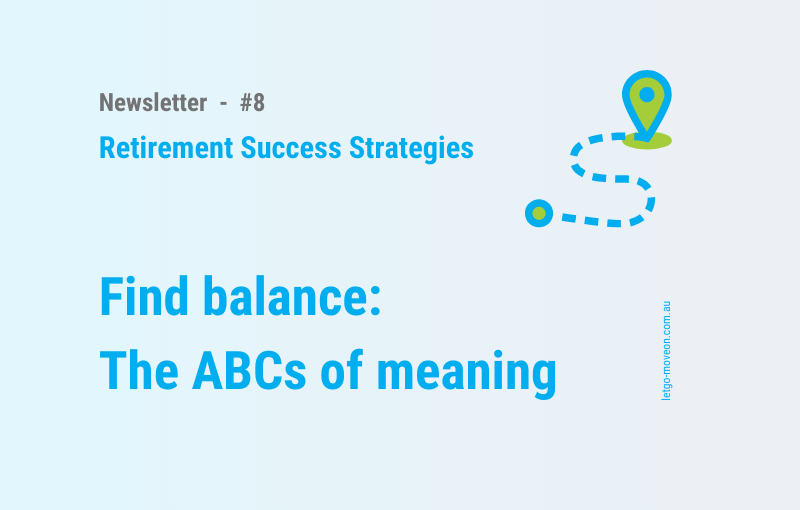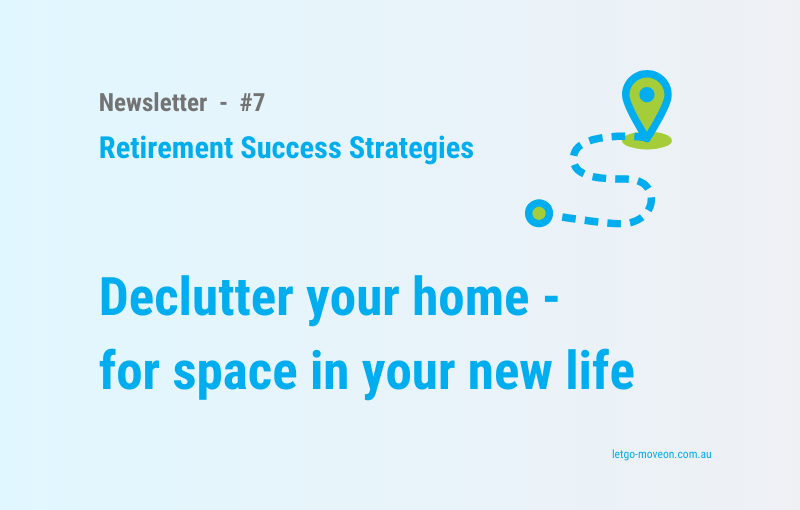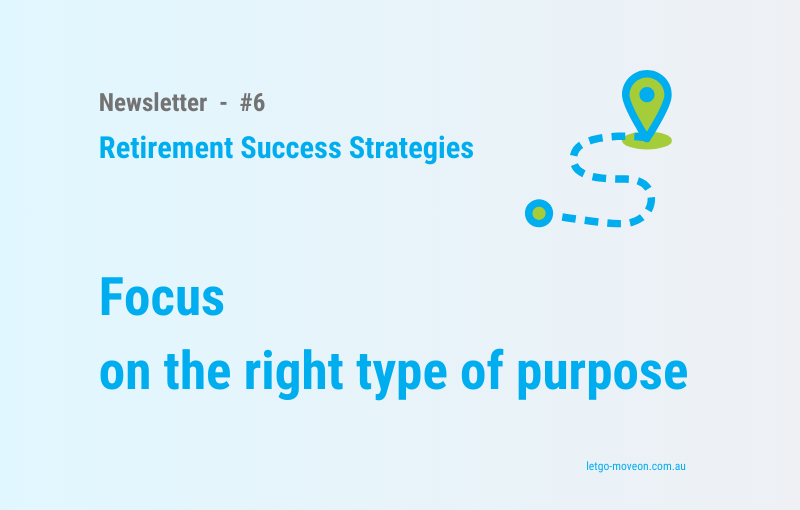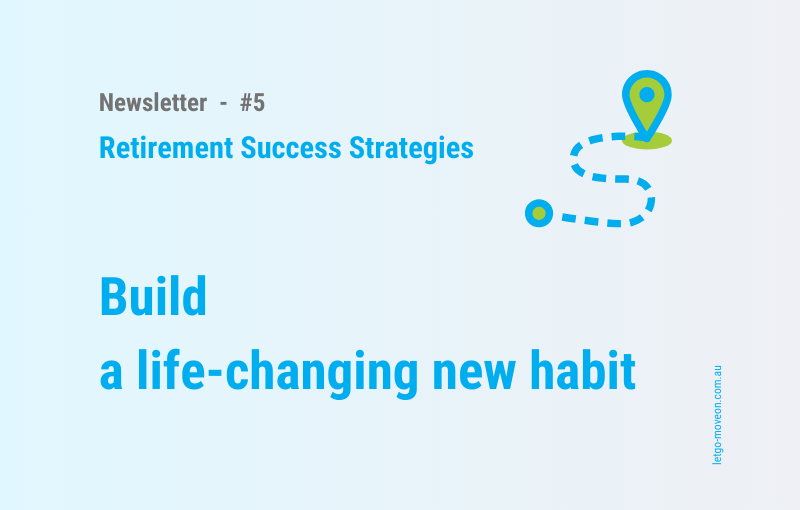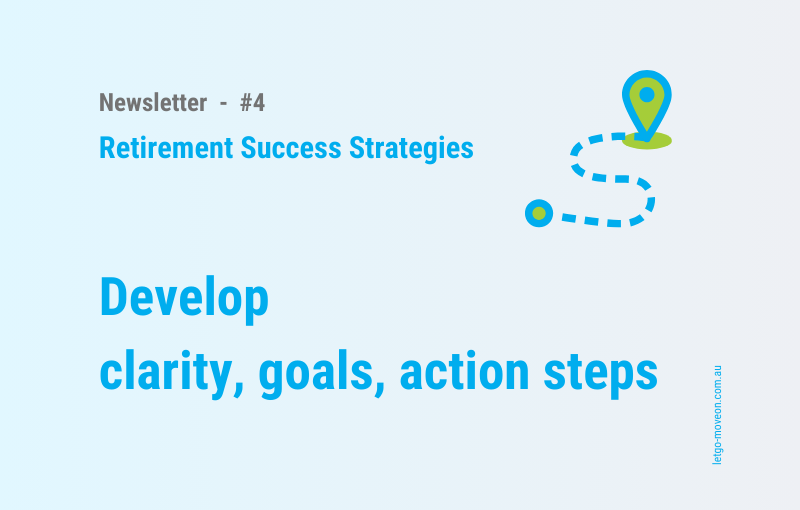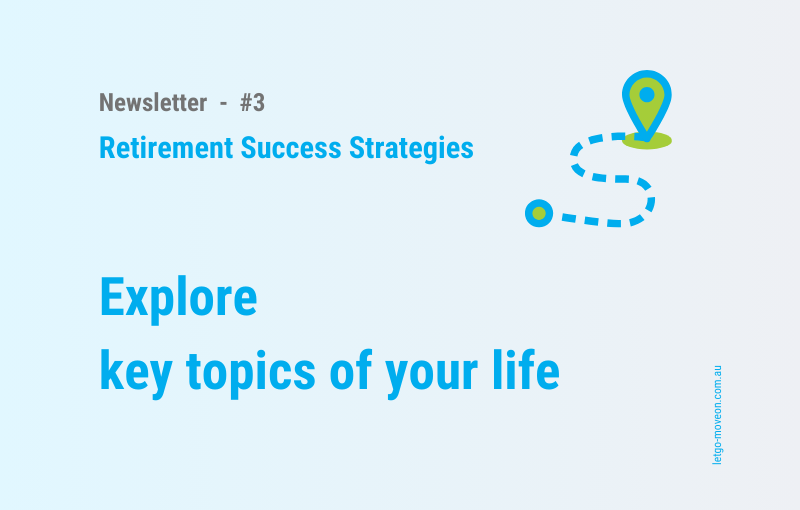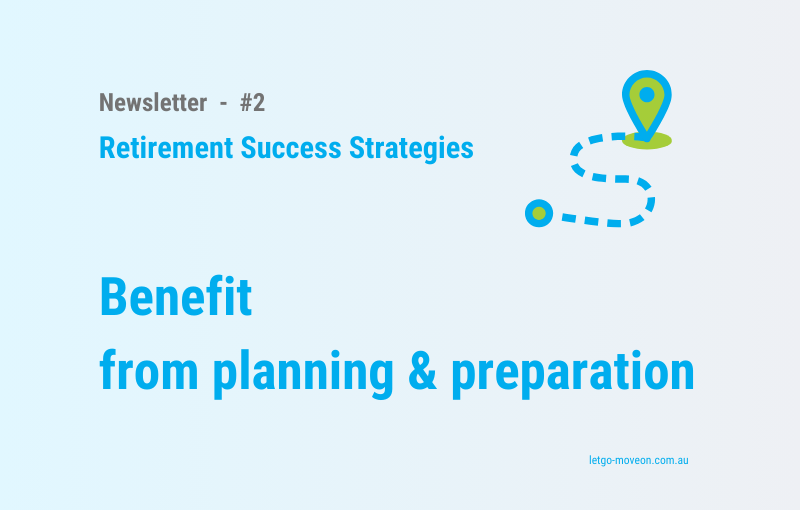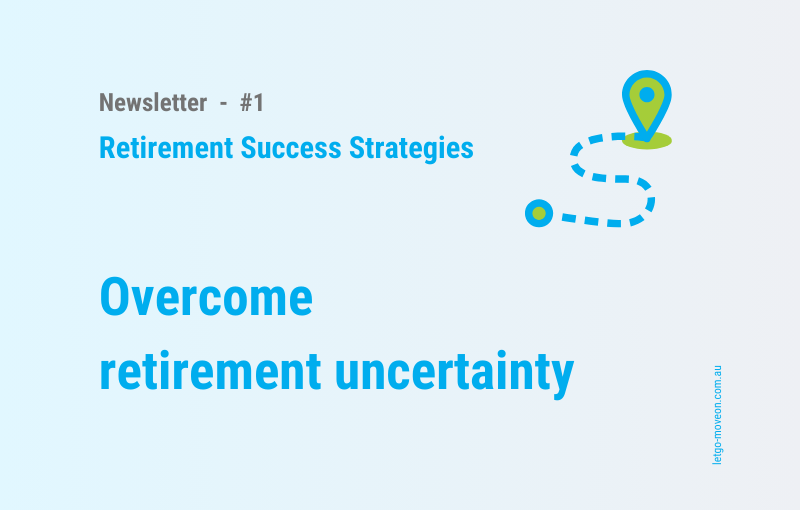Why daily habits matter in retirement
Entering retirement means moving away from the routines and structured days of work.
While the freedom of a less structured life is exciting, it can also lead to a sense of disorganisation or feeling lost without a straightforward routine.
Building key habits into our daily lives can help us stay on track, keep our space organised, and give us a sense of purpose and direction.
In the newsletter article #5, I discussed the value of daily habits and why consistently applying just one new habit can transform our lives for the better.
Today, I want to offer
6 powerful organising habits that will help you keep your life simply organised and stress-free during retirement:
#1 – Start your day with a quick tidy-up
Begin each morning with a 10-minute tidying session. Clear surfaces, put items back in their place, and set up your environment for a productive and calm day.
This small action creates immediate mental clarity and helps you feel in control.
#2 – Prioritise your to-do list
It’s easy to feel like you have endless time in retirement, but without structure, the days can slip away. Create a short to-do list each morning with your top 3 priorities for the day.
Keeping the list short and manageable will help you stay focused and avoid overwhelm.
#3 – Establish a paperwork routine
Managing digital or physical paperwork can quickly spiral out of control. Set aside 15 minutes daily or weekly to sort through mail, bills, or important documents. Create simple filing systems and folders (physical or digital) for storage and organisation, and declutter them regularly.
#4 – Declutter one small space each week
Instead of tackling major decluttering projects all at once, commit to organising just one drawer, shelf, or corner each week.
This slow and steady approach helps you stay consistent and avoid burnout while making/keeping your space fresh and organised.
#5 – Review and adjust your daily routines
Your retirement lifestyle will likely change over time. It’s important to check in on your daily habits and routines regularly. Are they still serving your goals and helping you feel organised? If not, adjust them.
Flexibility is key to long-term success.
#6 – End the day with gratitude
At the end of each day, take a few moments to reflect on what went well. This doesn’t just help mentally – it also helps you see your progress in getting and staying organised.
Small wins add up, and recognising them motivates you to maintain good habits.
Consistency – taking small actions daily – creates big results over time.
Even a small new habit can help you stay organised and enjoy your daily life.
Which new organisational habit could be a good fit for you?
If you had to choose one option to start a new routine, which one would you select? Is it one of the six habits listed above? Or something else?
A personal note:
I firmly believe in the power of habits, especially the power of small, simple habits. My little ‘team’ of tiny habits helps me structure and successfully manage my daily life. Every day.
Yes, sometimes they get a bit on my nerves, but most of the time I appreciate the value they bring into my life.
If you want to have a conversation about your current or future daily habits, get in touch! (margot@letgo-moveon.com.au)

